Do you consider change management an important part of your business? Do you know how to incorporate its key principles into the working environment?
If not, we’re here to help. In this article, we’ll outline why change enablement is key to the future success of your organisation. We’ll explain how it underpins success by allowing continual improvement within organisations.
We hope that after reading this article you’ll be more confident in introducing change management within your business. Incorporate it properly and expect successful organisational development to follow.
What is change enablement?
First, a quick definition. The term “change enablement” refers to the process of ensuring staff are able to adapt to changes within an organisation. For organisations, this could mean anything from changes to long-term business visions, changes to performance management to the implementation of new technologies.
In short, change enablement means the preparations that ensure a smooth transition to new ways of working when organisational change is taking place.
Change enablement vs change management
Whilst change management is the traditional term, business language has developed in recent years - and the way that employees respond has changed too. Would you prefer to be “managed” through something, or be “enabled” to be successful at it yourself?
We bet you’d choose the latter.
And herein is the difference between change enablement and change management. Rather than dictating or micromanaging, we’re now looking to a future where everyone shares responsibility, and employees are empowered to create their own change. The results are confidence, transparency, and faster adaptability to change [1].
4 change enablement principles
At Thomas, we believe that there are four key principles that drive change enablement.
Here, we’ll briefly outline them. Maybe you can try and incorporate them into your own change management process?
1. Communicate the change
This principle ensures that your change message is clear for all employees. Think about those within the company that might resist change. If they’re negative or can’t see a way forward, they’ll hamper the process. You must ensure clear communication with everyone involved, from the beginning.
2. Engagement
You must ensure that people are paying attention to the changes that need to take place. Think about the “enablement” vs “management” difference here. Keeping employees engaged and addressing their issues will lead to a much smoother process.
3. Management and motivation
Don’t blame staff if they haven’t understood or responded well to your message. At this point, you need to be able to see gaps in the process and work with your employees to solve them.
4. Coaching
This is the point at which your change management plan comes to fruition. Of course, the implementation of your plans is only the beginning. Coaching and motivating within the new system, after the initial change has taken place, is vital.
Change-enabling leadership
So, now we know the principles of change enablement. But what skills are needed from leadership teams that make the process a success? What experience do they need to call upon? What does the change-enabling leader need to do?
Here are the key three, as identified in a survey of 275 executives with more than 15 years of management experience [2]:
- Communication - focusing on the “why” of the change, as well as the “what”
- Collaboration - including employees early in the process, and encouraging them to think outside of their own immediate spheres
- Commitment - focusing on the big picture and adapting own behaviours to the changes that are taking place
Taking this further, Thomas sets out what leaders need to do to ensure continual improvement when they’re enabling change:
- Let go of personal insecurity
- Create trust and share feedback
- Let go of convention, while holding the company’s vision close
- Empower decision-making at all levels
- Take away the fear of mistakes
- Proactively encourage teams to learn and grow
Examples of successful change enablement
There are some great examples of change enablement to look to if you need inspiration for your own organisation. Here are just three of them.
1. Apple
Entrepreneurial, innovative, customer-focused - Apple is known for constantly moving forward, something that has been put down to founder Steve Jobs’ “bubble up innovation” management style [3].
2. Santander’s move into the UK banking market
Santander’s move to take over various UK-based building societies a decade ago could easily have led to retaliation in favour of keeping these British “heritage” brands. Instead, the Spanish banking group became the UK’s largest retail bank within three years. How? Clear briefings and risk mitigation, and a commitment to ensuring all staff fully embraced the change [4].
3. California State University
Rolling out a new tech system across more than 20 campuses could’ve been a nightmare for this huge US university. Instead, a change enablement programme (paired with an automated system) that made everyone’s roles and responsibilities absolutely clear meant confusion was minimal [5].
Change enablement and management resources from Thomas
At Thomas, we have a range of tools and assessments to help you with any of your change management, conflict management or organisational development needs.
Alternatively, take a look at our step-by-step guide to change management that gives you all the information you need to execute a successful change process.
But how do you enable successful change? This handy blog gives you some helpful pointers if the pace of change becomes too much for your people.
References:
1. https://unboxedtechnology.com/traditional-change-management-vs-change-enablement/
2. https://www.ccl.org/articles/leading-effectively-articles/successful-change-leader/
3. https://www.entrepreneur.com/article/339925
4. https://www.managers.org.uk/insights/news/2015/july/the-5-greatest-examples-of-change-management-in-business-history
5. https://www.brighthubpm.com/change-management/55056-examples-of-change-management-plans-that-worked/




